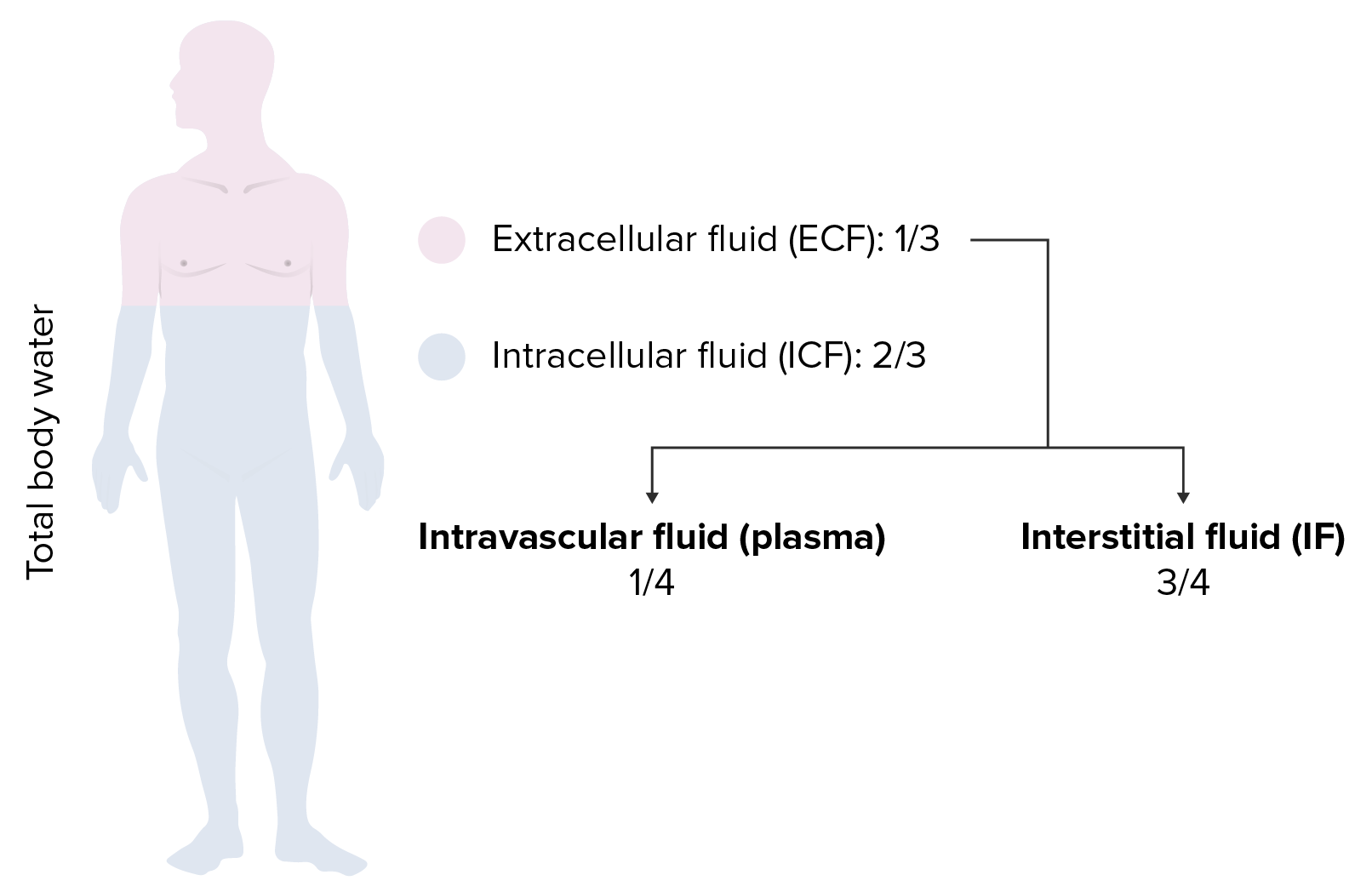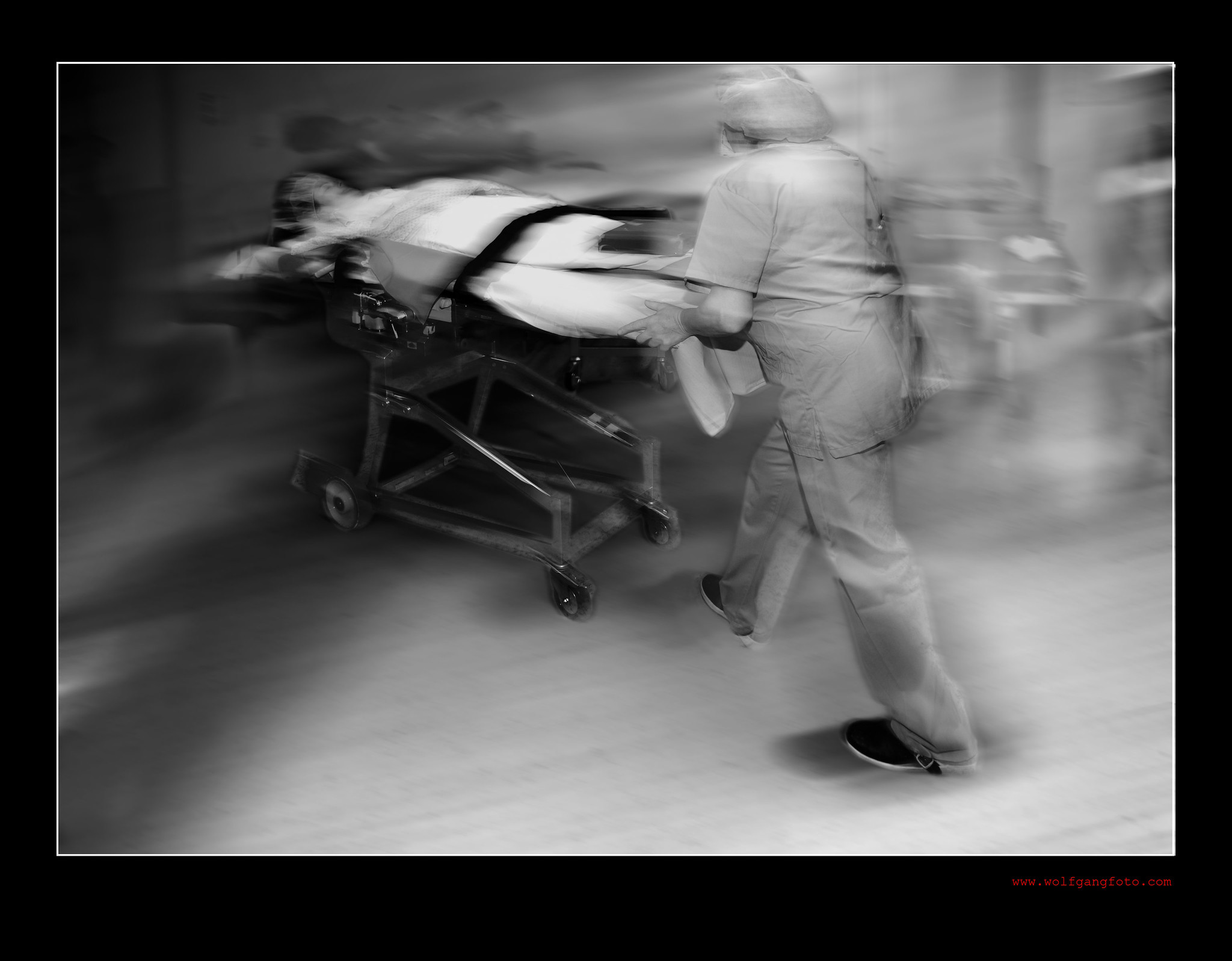Playlist
Show Playlist
Hide Playlist
Treatment of Shock
-
Slides Shock Pediatrics.pdf
-
Download Lecture Overview
00:01 Memorizing these vital signs is not important, but I bring it up to remind you that in pediatrics, we have the unique problem of needing to know what is a normal heart rate, a normal respiratory rate and a normal blood pressure for infants and children as these numbers change as we get older. 00:20 So younger infants generally have a higher heart rate and respiratory rate and a lower blood pressure as a normal value than older kids. 00:29 Remember, airway, breathing, circulation, this is where you’re going to get a lot of that information and having a sense of what are normal values is important. 00:38 So spend some time looking this chart over as you’re familiarizing yourself with vital signs in children. 00:46 So what are the things we need to do? A patient comes in with shock, generally the first thing we need to do is support that circulation. 00:55 So obviously, if there’s an obstructive shock, before we’re giving IV fluids, we need to do an emergent fix of the obstruction. 01:05 So for example, in a tension pneumothorax, before giving IV fluids, we really need to do a needle compression and you can check how to do that in our tension pneumothorax lecture. 01:16 After those immediate interventions, we typically would give boluses. 01:21 And the amount of bolus is 20 cc’s per kilo. 01:25 You should memorize that number. 01:26 And we usually give that over 20 minutes, but you can certainly give it faster in a patient with acute hypovolemic shock. 01:33 We may repeat these boluses up to usually once, sometimes twice, rarely three times. 01:41 By the time you’re giving a fourth bolus, you’re probably making a mistake. 01:46 These patients now probably aren’t that dehydrated or hypovolemic unless there’s ongoing losses and you might consider another approach towards maintaining a higher pressure. 01:58 The reason being is you can actually fluid overload with someone who is in shock. 02:04 And if you fluid overload them, the lungs become filled with fluid and they can be harder to engage in the resuscitation in terms of the acid-base status with the breathing. 02:14 So you don’t want to make things worse. 02:16 So after three boluses, you should start to think about alternative methods for maintaining blood pressure support. 02:23 So what are those? Well, generally, in children, we start with dopamine. 02:27 So, dopamine has both beta 1 and beta 2 effects and it is a first line pressor supportive drug for children. 02:36 It increases also cardiac output, which can’t hurt. 02:40 And it increases the systemic vascular resistance. 02:44 Other options include for anaphylactic shock, we’ll give epinephrine. 02:48 We sometimes give norepinephrine for a warm distributive shock, though norepinephrine is rarely a first-line agent for blood pressure support and for cardiogenic shock, we may give dobutamine. 03:02 Sometimes we’re not sure what’s going in before the dopamine is already on board and then we can switch agents. 03:08 So that’s my review of the management of shock in children. 03:12 Thanks for your attention.
About the Lecture
The lecture Treatment of Shock by Brian Alverson, MD is from the course Pediatric Emergency Medicine.
Included Quiz Questions
Which of the following is a cause of obstructive shock?
- Pulmonary embolism
- A splenic laceration
- Ventricular tachycardia
- Anaphylaxis to a bee sting
- Meningococcemia resulting in hypotension
Despite resuscitation with 60 mL/kg in a 5-year-old boy with a 2-day history of diarrhea and an initial diagnosis of hypovolemic shock, the patient shows no signs of improvement. Which of the following is the most appropriate next step in diagnosis/management?
- Reconsider initial diagnosis
- Administer a 20 mL/kg bolus
- Administer a 30 mL/kg bolus
- Administer a 40 mL/kg bolus
- Administer a 60 mL/kg bolus
Which of the following is the most appropriate initial vasoactive-inotrope agent for the management of the type of shock stated?
- Norepinephrine for warm distributive shock
- Epinephrine for cardiogenic shock
- Dopamine for anaphylactic shock
- Dobutamine for anaphylactic shock
- Norepinephrine for cardiogenic shock
Customer reviews
5,0 of 5 stars
| 5 Stars |
|
5 |
| 4 Stars |
|
0 |
| 3 Stars |
|
0 |
| 2 Stars |
|
0 |
| 1 Star |
|
0 |






